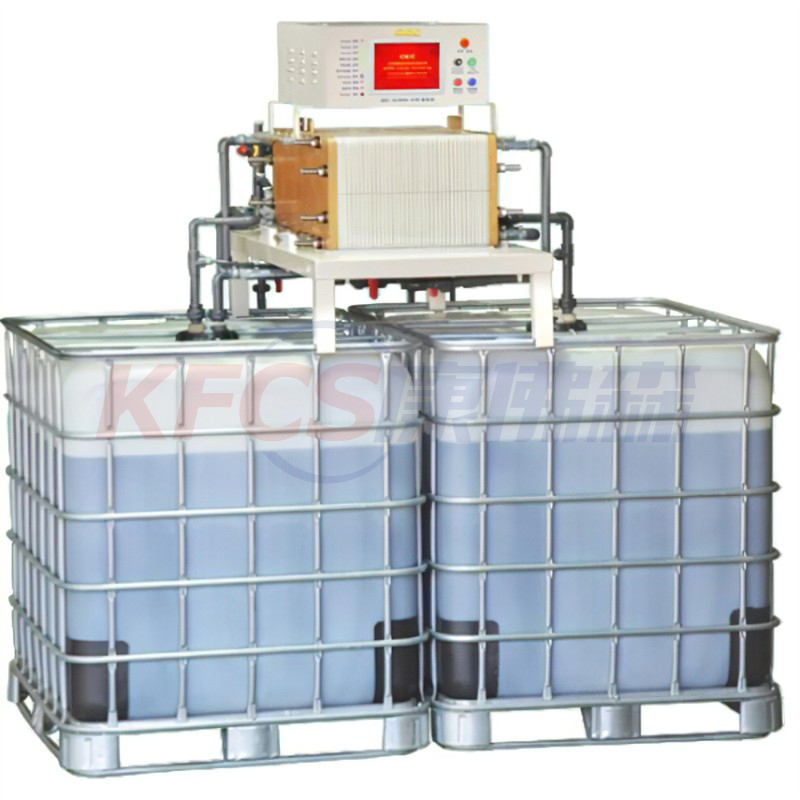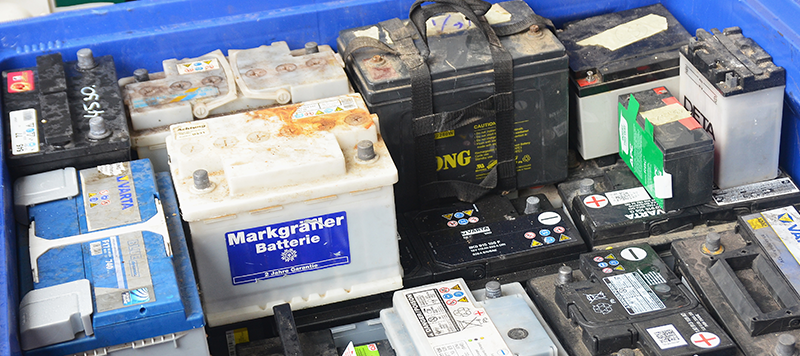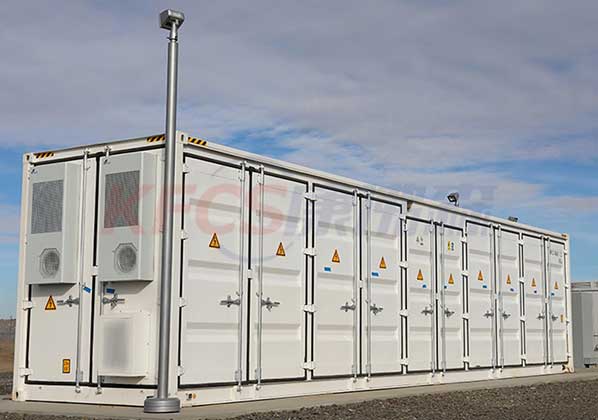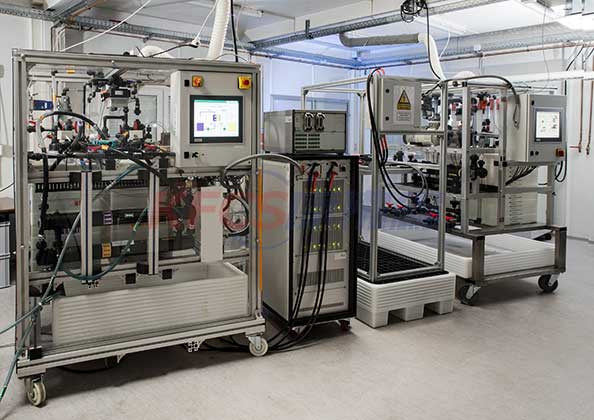Classification of vanadium batteries
2022-01-11
The components of vanadium battery mainly include the following parts: electrodes, storage tanks, diaphragms, reactors, electrolytes, pumps, etc. According to whether there is a pump, vanadium batteries are divided into two categories: static type and flow type.
(1) Flow type vanadium battery
In the flow type vanadium battery, due to the action of the pump, the electrolyte can be transported from the liquid storage tank into the battery stack, and returned to the liquid storage tank after the battery reaction is completed, so that the active substances in the electrolyte are continuously circulated, so , to ensure a relatively uniform distribution of active substances in the electrolyte and eliminate concentration polarization. In addition, two additional electrolyte tanks for flow-type vanadium batteries increase the battery capacity. However, the flow of the electrolyte needs to be driven by a pump. Therefore, this type of battery consumes a part of the electric energy, which accounts for about 2-3% of the total battery capacity. In practical applications, the advantages of flow-type vanadium batteries to eliminate concentration polarization make them widely used.
(2) Static vanadium battery
Compared with flow-type vanadium batteries, in static-type vanadium batteries, concentration polarization of the electrolyte is likely to occur due to the lack of flow of the electrolyte. Although a protective gas is introduced to stir the electrolyte to reduce or even eliminate concentration polarization, the effect is not ideal. Because this type of battery does not have an electrolyte circulation system, there are no two additional liquid storage tanks, and the capacity of the battery reactor is limited, so its capacity is usually smaller than that of a flow-type vanadium battery.
About News
- The global all-vanadium flow battery market will reach a scale of 100 billion in 2023
- Types of Recycling Lithium-Ion Batteries
- VFB-1KW all-vanadium flow energy storage system
- Vanadium could be the next strategic resource
- Lithium battery recycling process and its application
- 1-50kw all-vanadium redox flow battery energy storage system
- Lithium battery recycling: accelerating the construction of industrial chain recycling integration
- China will become one of the largest markets in the battery recycling industry
- Economic value of battery material recovery
- What are the advantages of all vanadium redox flow battery energy storage technology?
Products








